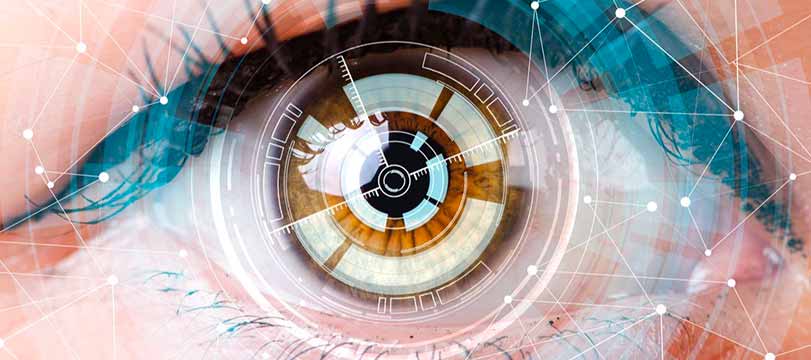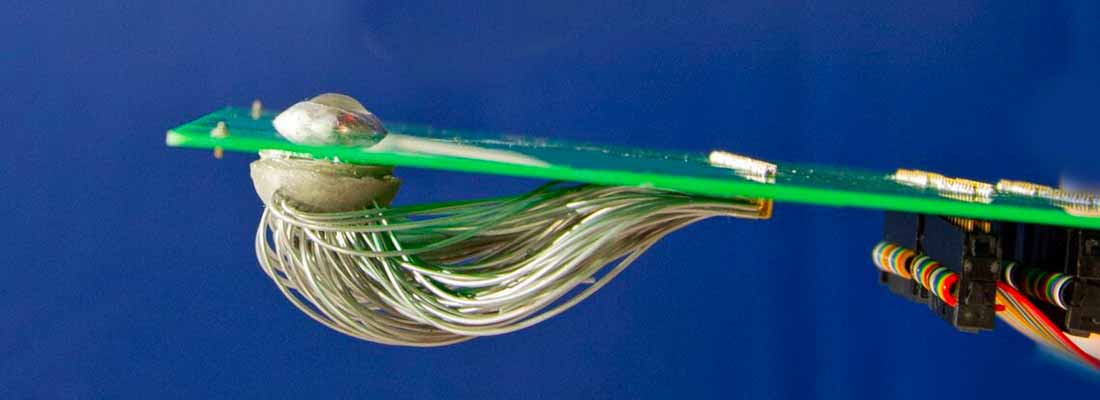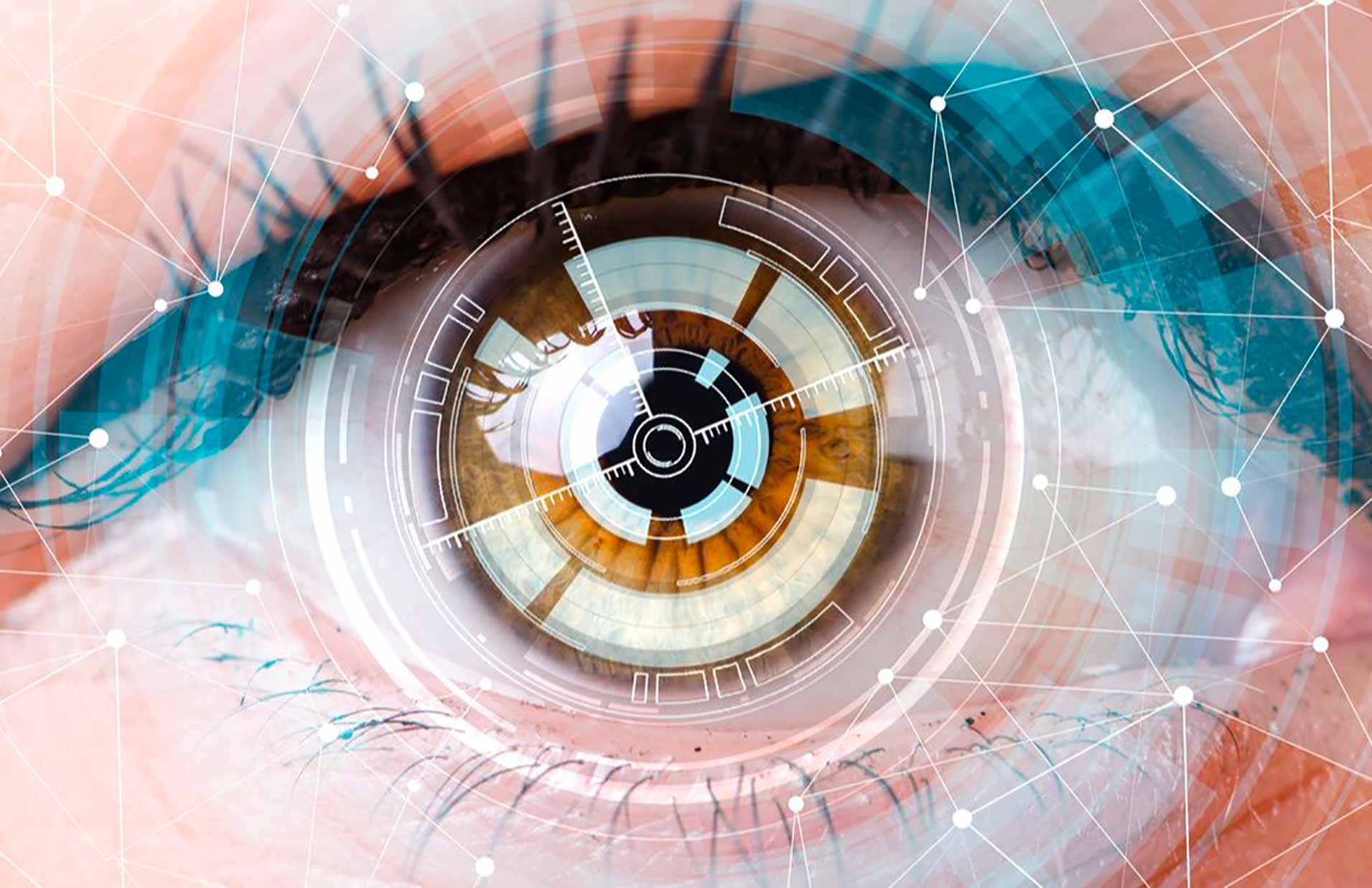
03:54 -
@ Shutterstock
Creating a synthetic eye with all the same characteristics of human eyes, but which will one day see even better than we can, might seem like the stuff of science fiction. But for a team of researchers in Hong Kong, this is real life. In a recently published article in the Nature scientific journal, their promising new invention – the EC-Eye – is breaking ground and giving hope to the visually impaired.
For the first time since it was established in 1948, the World Health Organisation (WHO) published their world vision report in October 2019. According to their statistics, 2.2 billion people around the world have a sight problem or some form of blindness. Of those, 217 million have a moderate to severe visual problem (less than 30% of the visual sharpness of perfect vision) and 36 million are blind (less than 5% sharpness of perfect vision). Amongst these 253 million people, more than 80% are older than 50.
Over the last few years, a lot of research has gone into tools that are capable of recovering or restoring vision, especially those affected by Age Related Macular Degeneration, the number one cause of visual deficiency in industrialised countries where 30% of the population is affected after the age of 75. Scientists have developed artificial retinas that aim to replace the photoreceptors in our eyes when they are damaged by the affliction.
Among the tools being developed, there is the Argus II by American company Second Sight, the Retina Implant by German company AG (who unfortunately stopped work on the project in 2019) and the IRIS II by French company Pixium Vision, all three of whom obtained the CE mark from European authorities. Placed either on the surface or underneath the retina, these tools are built from electrodes that stimulate the retinal neurones which carry information to the brain: the artificial implant stimulates the damaged retina, allowing the patient to perceive light, shapes and movement that they were not able to see before the surgery.
While all of these implants represent a major breakthrough in the scientific world, they are still far from being able to restore satisfactory sight. They do however, allow some patients to make short journeys unassisted, to discern a door or window, a pedestrian route or even lines on the ground, and in the best cases, after re-education and daily training, some implants allow the patient to read short sentences written in big white letters on a black background.
The EC-Eye changed the game when it arrived on the scene. Rather than fixing an implant to the deficient eye or to the brain, this one rebuilt an eye from scratch. We’re talking about an entirely bionic eye. Professor Fan Zhiyong was behind the innovation, a lecturer in electronic engineering and computer science at Hong Kong University of Science and Technology (HKUST) and – perhaps unsurprisingly – a lover of science fiction. Led by Professor Fan’s team, working with Berkley University, the research was published in the Nature science review in May 2020.
Voir cette publication sur Instagram
Baptised EC-Eye (standing for ElectroChemical Eye), this tool is biomimetic: it is inspired by the structure, functions and characteristics of the human eye. A similar size to our own (slightly more than two centimetres), the EC-Eye recreates the form and functions of our sensory organ. It’s hemispherical retina supports nano-captors which imitate our photoreceptive cells on a silicon polymer structure. A hemisphere of aluminium and tungsten supports a lens and an artificial iris while the cavity is filled with an ionised liquid that resembles vitreous body, the clear gel that fills the space between the crystallin lens and the retinal membrane in the human eye. Flexible liquid metal nanocables encased in rubber act like the optic nerve, transmitting the visual information.

© ust hk
As well as a ground breaking idea in itself, the prototype is brimming with innovations that could one day make the this artificial eye extremely powerful. Firstly, the lens which allows light through and the iris which adapts to it by opening and closing both react more quickly than the human eye. While our own take between 40 and 150 milliseconds to reaction to light variations, the EC-Eye needs only 30 to 40.
While the photoreceptive cells in our retina are made up of what we call cones and rods, the Hong Kong researchers have these with perovskite nanothreads. Long-time an area of study for Professor Fan, this naturally-abundant mineral is easy to reproduce in a laboratory and has light-sensitive properties at least as sensitive as its biological equivalent. The bionic organ’s most impressive quality is its number of photoreceptors. While our retina have around 10 million, the artificial prototype boasts 460 million. The EC-Eye is therefore capable of receiving more light signals and can theoretically produce a higher resolution of image.
Right now, the prototype has a 100 pixel resolution, just about allowing it to make out letters on a black background. It is therefore still far from the resolution of a perfectly healthy human eye which is estimated to have a resolution the equivalent of 7 million pixels. The 100 degree field of vision that the prototype allows is also reduced compared to the 160 degrees offered by our own eyes, while the size of the photoreceptors and the piles of cables needed to transmit the data between the artificial ‘optic nerve’ and the brain will also need to be reduced.

The invention is the result of a host of innovations and is unquestionably a major step forward, but ‘when it comes to image resolution, angles of vision and ease of use, bionic eyes are still well below what the human eye can do. New technologies are needed to solve these problems and that is what motivated me to get into this unconventional project’, Professor Fan admitted. Despite all of these challenges, the researchers are optimistic and think it will be possible to use artificial eyes at some point in the next decade, as much in robotics as in medicine.
Written by Josh Arnold